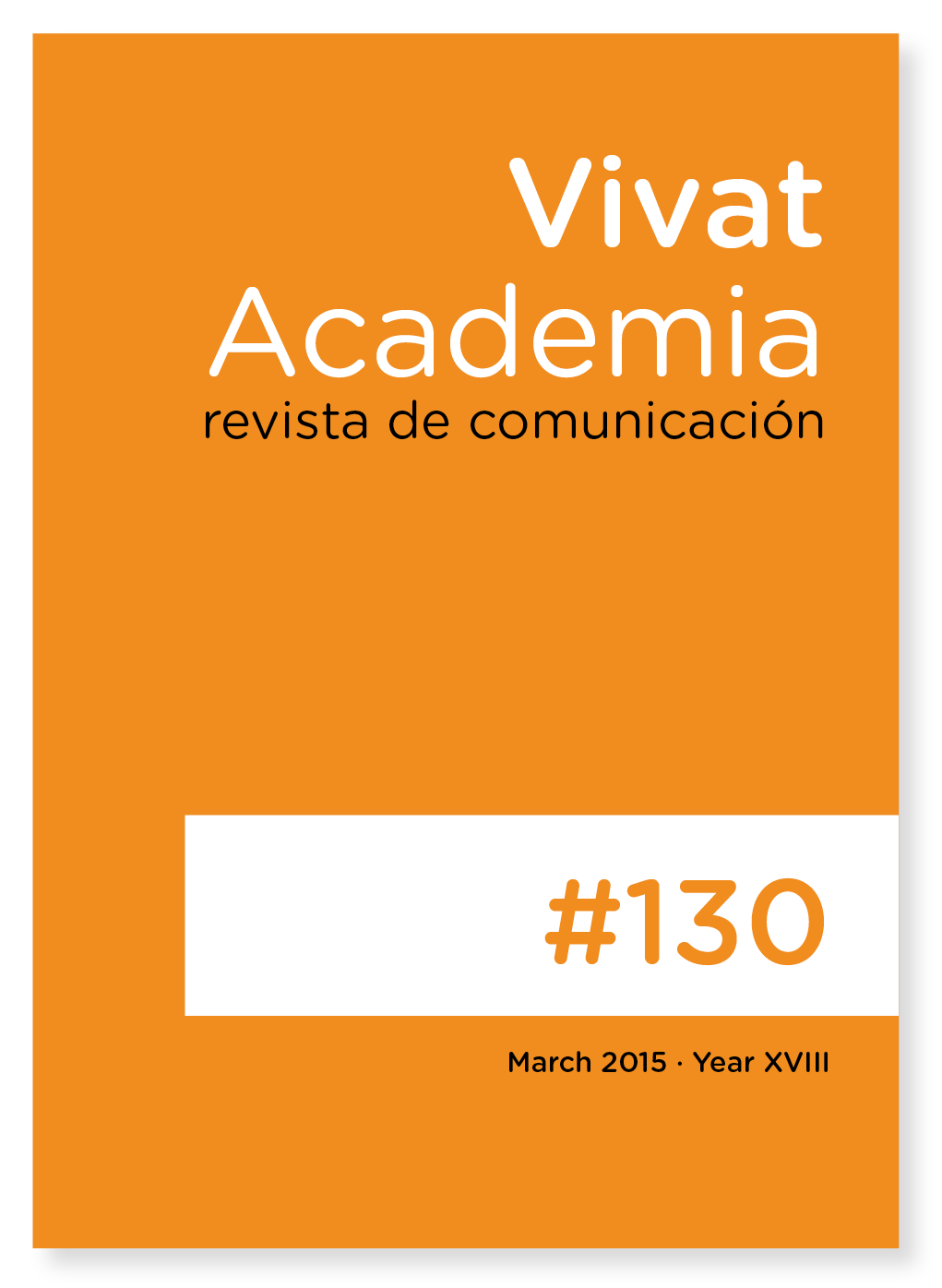Use of Infographics in Virtual Environments for Personal Learning Process on Boolean Algebra
Main Article Content
Abstract
The cutting edge technology opens new opportunities to plan and implement various teaching strategies in virtual environments that enable the efficient development of competence in students. Therefore, universities face the challenge of implementing innovative technological tools in the educational process to facilitate the assimilation and utilization of knowledge. In particular, the professor of Computational Mathematics course 2014-II has decided to use the infographics during the construction of audiovisual contents presented by the Usable Adaptive Hypermedia System (SHAU) in order to improve the communication channel between the web interface and the user. This system customizes the information considering the level of knowledge possessed by students on Boolean algebra and styles of visual - auditory learning. The quantitative approach through ANOVA method allows this research to analyze the development of knowledge of the 30 students before and after using the SHAU 2.0. Finally, the results confirm that the use of the infographics with the latest technology facilitates the learning process through the construction of audiovisual contents based on Graphic Design.
Downloads
Article Details
References
Castañeda Zumeta, A. (diciembre, 2013). La infografía didáctica en la plataforma OCW de la Universidad del País Vasco. Cuantía y análisis del infográfico en comparación con otras imágenes didácticas en la plataforma. Revista Latina de Comunicación Social. Disponible en: http://www.revistalatinacs.org/13SLCS/2013_actas/181_Castaneda.pdf. Consultado el 25/diciembre/2014
Gamonal Arroyo, R. (2013). Infografía: etapas históricas y desarrollo de la gráfica informativa. Revista Historia y comunicación social, 18(3), 335-347. (DOI: http://dx.doi.org/10.5209/rev_HICS.2013.v18.44331)
Koutri, M., Avouris, N. & Daskalaki, S. (2005). A survey of web-usage mining: Techniques for Building web-based adaptive hypermedia systems.In S. Y. Chen & G. D. agoulas (Eds.), Adaptable and adaptive systems (pp. 125-144). Reino Unido, RU:IRM
Kurniawan, S. & Zaphiris, P. (2007). Advances in universal web design and evaluation. Estados Unidos, EU: Grupo Idea
Lawrence D. & Tavakol, S. (2007). Balanced website design. Optimising aesthetics, usability and purpose. Reino Unido, RU: Springer
Said Hung, E. (2010). TIC, comunicación y periodismo digital. Colombia, CO: Uninorte
Smiciklas, M. (2012). The power of infographics. Using Pictures to communicate and connect with your audiences. Estados Unidos, EU: Pearson
Thurow, S. & Musica, N. (2009). When search meets web usability. Estados Unidos, EU: Pearson
Valero Sancho, J. L. (2009). La transmisión de conocimiento a través de la infografía digital. Revista Ámbitos, 18, 51-63. (http://www.redalyc.org/articulo.oa?id=16812722004)





